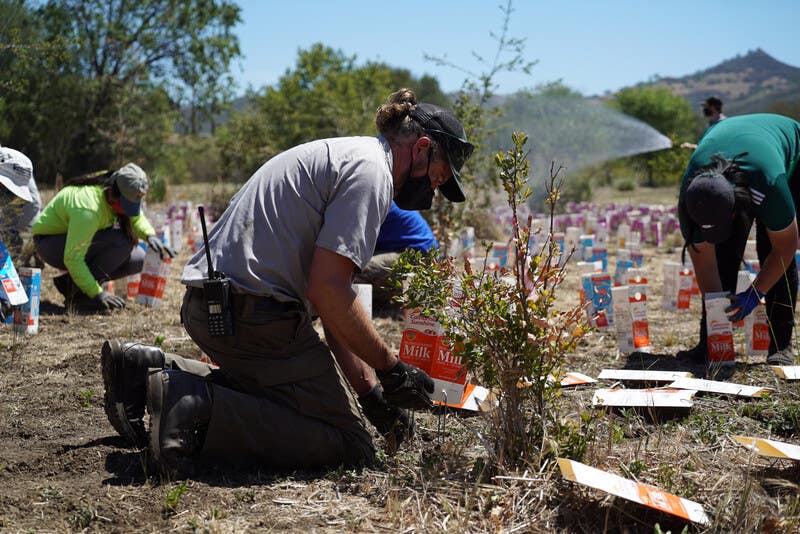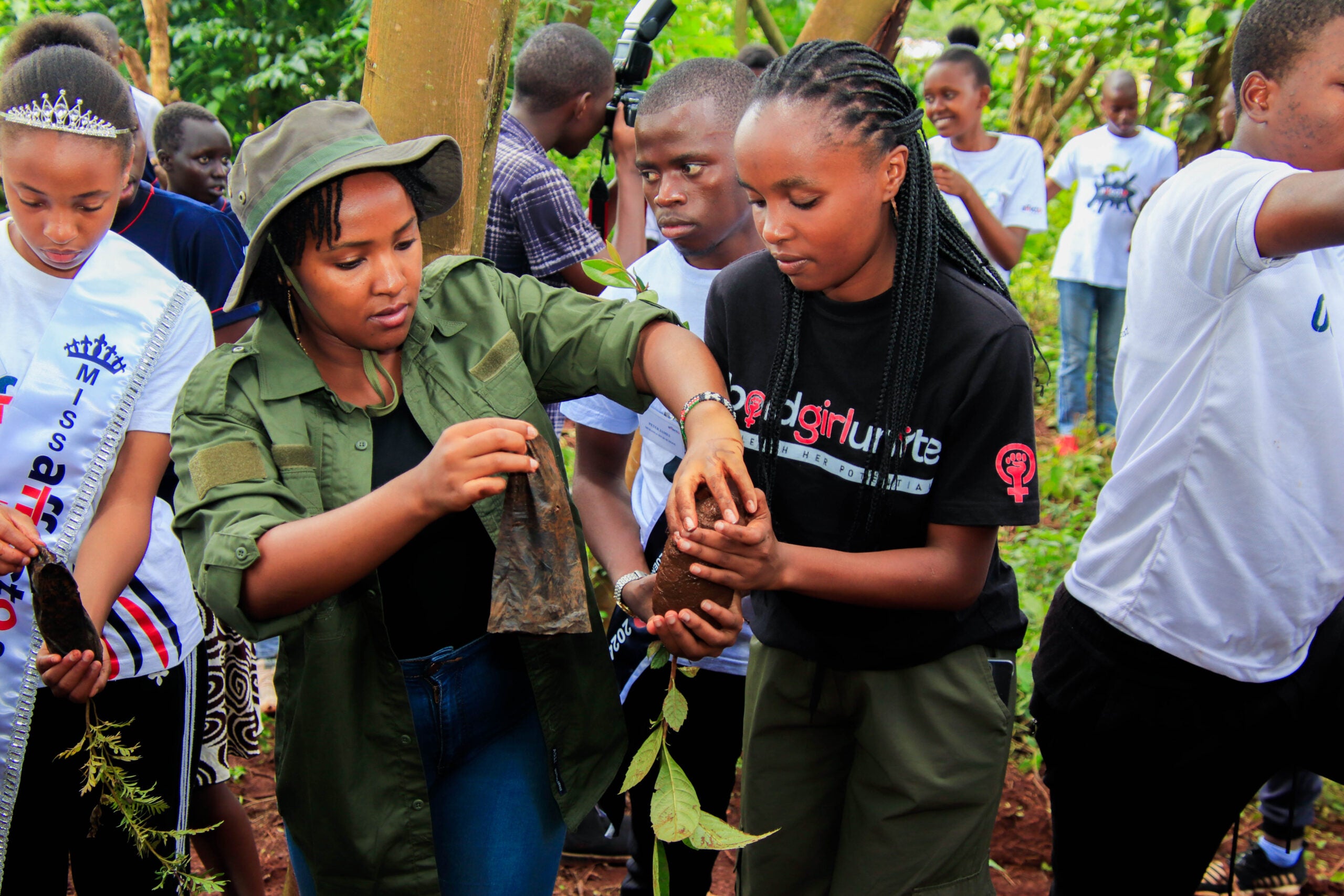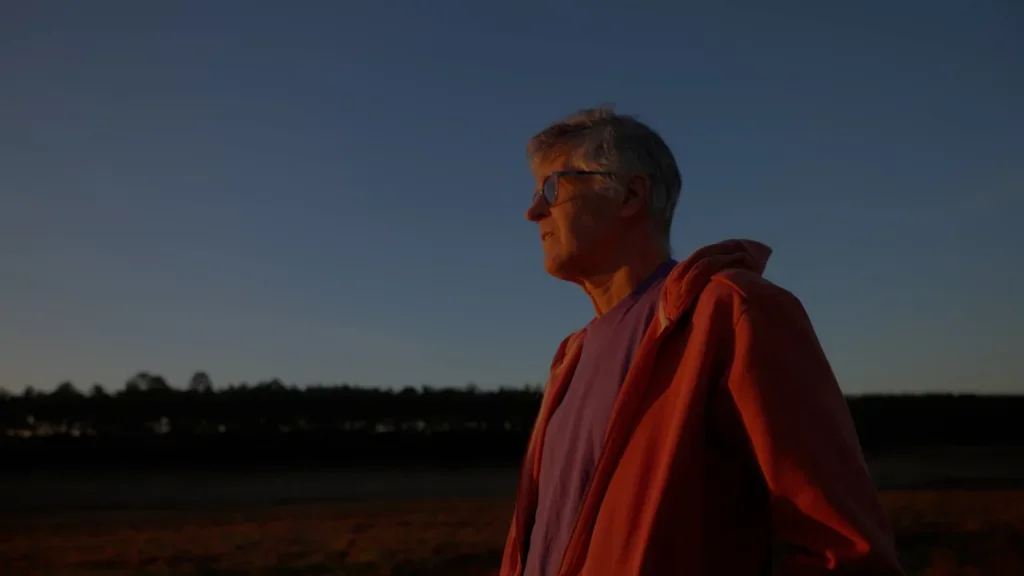In November 2018, the Woolsey Fire was one of several wildfires ravaging the dry California landscape. By the time the fire was extinguished more than a week later, it had burned about half of the Santa Monica Mountains.
Now, a new project run by the National Park Service and supported by Re:wild and Snap, Inc. (the parent company of Snapchat) seeks to restore this unique ecosystem so these species-rich mountains can continue to serve as a lifeline and refuge for people and wildlife.
A natural escape from L.A.
The California Floristic Province is one of the world’s 36 biodiversity hotspots: places that contain high numbers of endemic species found nowhere else on Earth. The region’s coastal location and weather patterns— hot, dry summers and cool, wet winters — have created a unique habitat that has allowed many plant and animal species to thrive.
“The Santa Monica Mountains have some of the best examples of the types of resources that you would find in the California Floristic Province,” says Joseph Algiers Jr., the SMMNRA restoration ecologist who will be leading the project for the National Park Service.
In addition to their more famous mammal residents — including mountain lions, bobcats, and coyotes — the Santa Monica Mountains are home to almost 400 species of birds (nearly half the number documented across all of North America), 35 types of reptiles and amphibians and more than 1,000 plant species. Native plants such as 46 succulent species called Dudleyas (several of which are found only in these mountains including the Critically Endangered Verity’s Dudleya (Dudleya verityi), Chocolate Lilies (Fritillaria biflora) and an Endangered sunflower species, Lyon’s pentachaeta (Pentachaeta lyonii) all contribute to the mountains’ unique ecosystem that provides an important respite for the millions of people who reside in the Los Angeles area.
Besides providing clean air and clean water, the mountains are a much-loved place for recreation. “You can go see a 90-foot waterfall in the Santa Monica Mountains,” Algiers notes. “There's all kinds of wildlife viewing opportunities, horseback riding, mountain bikes, hiking, you name it. You can do all kinds of outdoor stuff here, and it's so close to the city, which is really cool and unique.”
Although wildfires are a natural part of the California ecosystem, these fires have gotten bigger and stronger in recent years, and combined with other human activities they’re putting both human lives and ecosystems in danger. “We've suffered quite a bit from human disturbances: development and an extensive history of ranching, as well as way too much fire in our mountains,” Algiers says. “The 2018 Woolsey fire burned more of the Santa Monica Mountains than any other fire in recorded history.… I think it was a big wake-up call.”
There has been a silver lining, though: More people than ever are interested in supporting the rehabilitation of these mountains.
Rewilding the mountains
Over two years, the new rewilding project will plant 100,000 plants on 100 acres of degraded land. The areas of the park that will be restored were hit hardest by the Woosley fire in 2018 and the Springs fire in 2013.
To guide this project, the park will reference habitat suitability models that indicate the best places to plant various species. These models also take climate change projections into account, as shifting temperature and weather patterns will likely change the elevations and other factors that dictate where species can survive.
A variety of native species will be planted, including 10,000 trees. This will help the land recover from a major drought that occurred from 2012 to 2016, when the park lost about 100,000 riparian trees.
Maintenance is an important component of restoration. “You can't just put in the trees and walk away,” Algiers says. “You have to put in the native grasses, the native herbs, the shrubs that are associated with those species. When these trees become mature and they drop their seeds, their babies will have a much better chance of survival among other native species. You have to create a whole community.”
A couple of the sites are located on either side of a new wildlife crossing that is being built. The major freeways surrounding the Santa Monica Mountains have made the mountains function like an island, preventing large species such as mountain lions from expanding their range. Algiers explains how the park’s wildlife rangers have collared the mountain lions in the area and track their movement via GPS. “They'll see them going for weeks, just going along the freeway, trying to figure out how to get across.”
When finished, the new wildlife crossing may be the largest crossing in the world. “The crossing will help mountain lions, but it's really for all the wildlife. Bobcats, coyotes, deer, they'll use the crossing as a way to get out of the Santa Monica Mountains and into the Simi Hills, and the crossing will bring wildlife from the Simi Hills into the Santa Monica Mountains.”
This will be the most ambitious restoration project ever attempted in the SMMNRA. Most of the work will be done by volunteers — some donating just a few hours of their time, others completing internships with the SMMNRA. “We have a lot of college students who reach out to us that are looking for experience,” Algiers says. “Oftentimes, they just want to see what it's like to be working as a field biologist and working in resource management…We try to involve them in as many different activities as we can — everything from seed collection, data collection, veg monitoring, restoration work, some invasive plant control. In a non-COVID world, they'd be leading volunteers and working with school groups. We provide professional development and education for them and try to line them up for competitive work.”
What will success look like?
Algiers points out that measuring success of a project like this can be difficult. “Nature is just so variable and complicated. There are so many different ways to measure success and sometimes successes aren’t shown until much later. Ideally, we will return native habitat to damaged areas dominated by non-native vegetation.”
“A really good way to measure the success of restoration is if your native plantings start bringing in insects,” he continues. “They're the largest group that feed on and interact with plants….he idea being that now the birds are going to eat the insects, the birds are going to lay eggs, snakes are going to eat the eggs, bobcats are going to eat the snakes. That's where all the relationships start happening. That's what we're trying to do.”
Ultimately the goal is to restore the ecosystem enough so that it once again becomes self-sustaining. “We're trying to create this healthy environment so that those relationships can persist 500, 1,000, 5,000 years from now. We can walk away from the site, and it just does its thing.”
Top photo: Restoration efforts in Santa Monica Mountains National Recreation Area. (Corey Parsons/Re:wild)

Molly Bergen
Writer
Since beginning her career as a zookeeper, Molly Bergen has spent more than 16 years telling stories for a range of environmental NGOs. Covering everything from turtle nest guardians in Cambodia to community forests in the Congo, she is particularly passionate about conservation projects that create a “win-win” for both species and local people.



